Dreamscapes are visual landscapes or scenes that have the surreal, otherworldly quality of a dream. They are enchanting spaces where the mind and imagination and reality merge, allowing exploration of alternative worlds beyond reality.
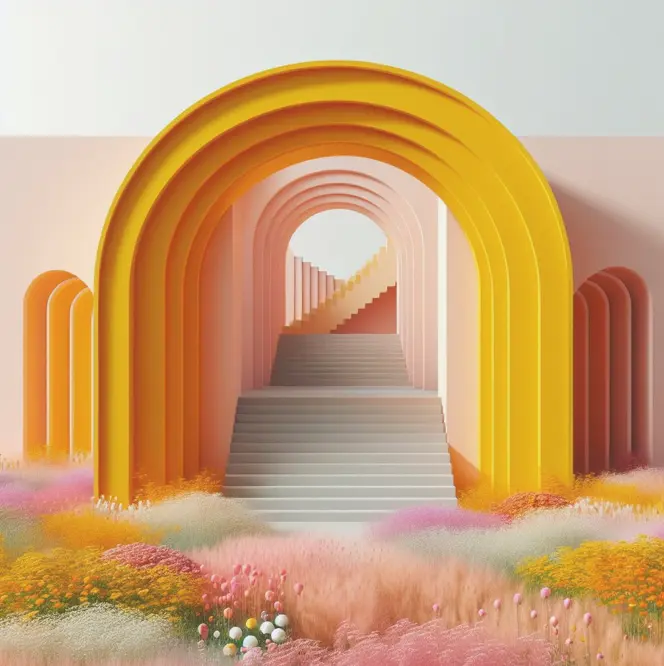
You can use dreamscape artwork for interior design inspiration, storytelling, video game design, or decoration. The soothing yet unexpected style is perfect for a whole range of design projects.
With Microsoft Designer’s Image Creator, it's easy to create beautiful, vivid dreamscapes as fast as you can imagine them. Here's how to write prompts that can summon up gorgeous dreamscapes straight out of a futuristic fairytale.

1. Define the style and key elements of your artwork
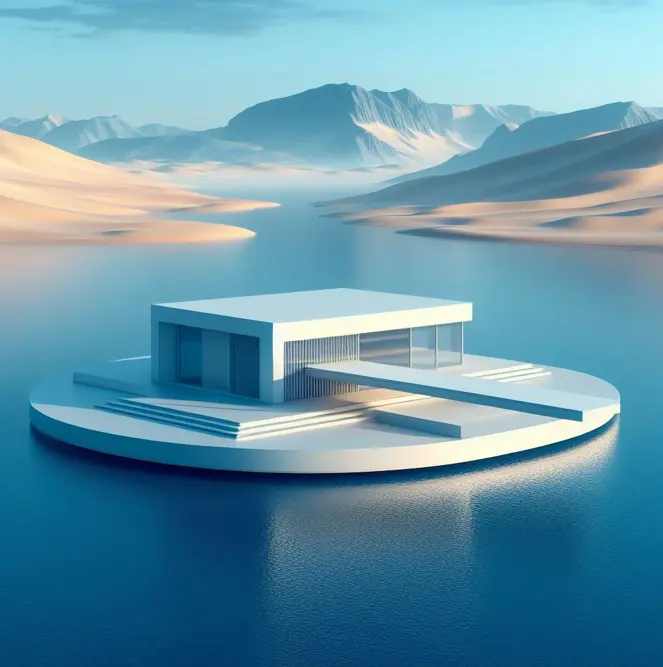
The key to creating your dreamscape is having a clear vision of your concept by defining the theme, setting, and main characters. Whether you're exploring fantastical worlds or immersing in surreal landscapes beyond reality, your choices determine the tone and atmosphere of the dreamscape, shaping the emotional experience of the viewer.
Include the words “dreamy,” “fantastical,” or “surreal” in your prompt to create an immersive, fantastical atmosphere.
Next, define the key elements of the dreamscape, including places, subjects, and atmosphere. Every detail helps create a unique and engaging experience for the viewer. Here are a few example elements you might consider:
Places: Vast plains, rolling hills, enchanted valleys, crystal-clear lakes, majestic cliffs, dreamy beaches, etc.
Elements: Shimmering spheres floating in the air, mystical arches, imposing rocks, ancient columns telling millennia-old stories, water mirrors reflecting the sky, mysterious stairs leading to unknown worlds, mirrors, etc.
Atmosphere: Dawn paints the sky with shades of pink and orange, the sunset envelops the world in a golden atmosphere, futuristic nature atmosphere, etc.
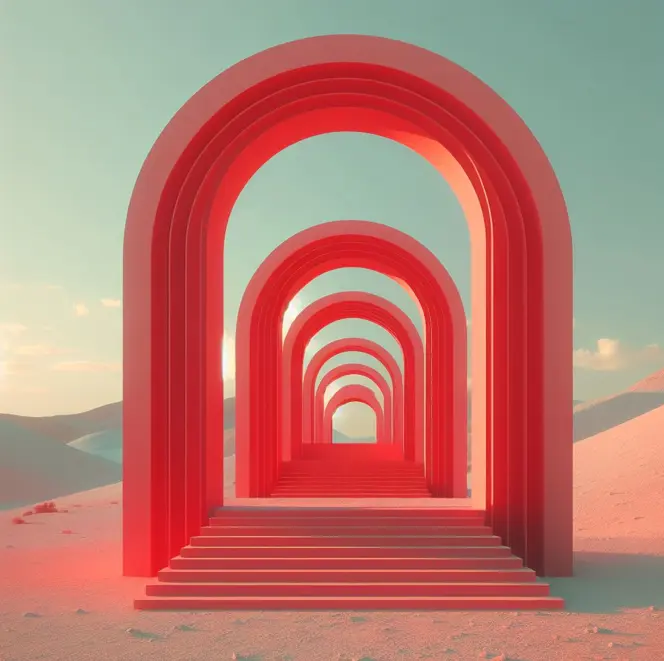
2. Find a balance between specificity and openness
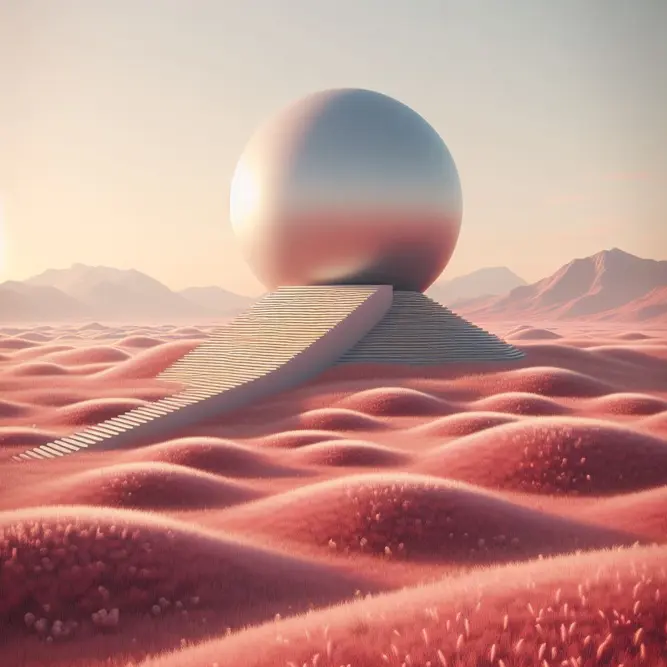
Aim for a prompt that’s specific enough to guide Image Creator toward the desired goal, but open-ended enough to let the tool surprise you with creative details.
For example, if you’re creating a fairytale dreamscape, your prompt could be: “A surreal fairytale dreamscape with enchanted villas and colorful vegetation.”
Meanwhile, for a futuristic environment, your prompt might be: “A serene futuristic dreamscape with futuristic architecture and advanced technologies.”
These prompts include specific details to point Image Creator in the right direction, but they don't include so many details that they constrain or “confuse” the AI.
3. Include surreal elements
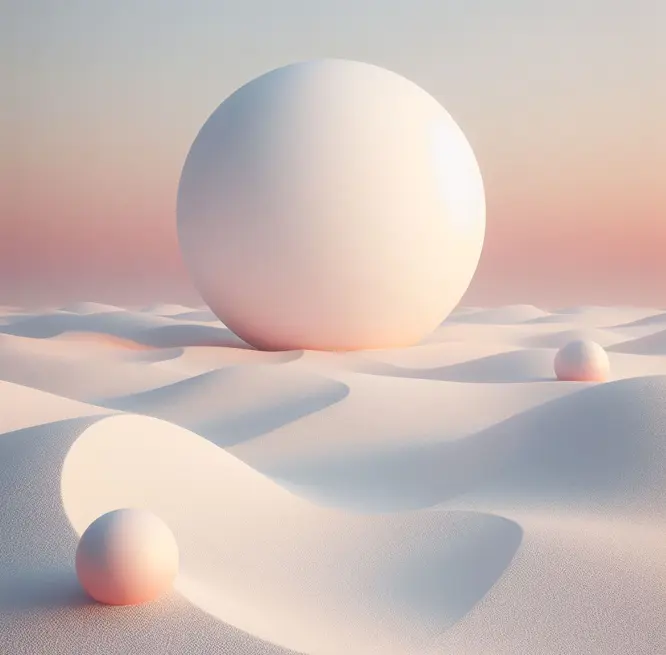
The beauty of dreamscapes lies in their ability to surpass the limits of reality and physical laws. Imagine a floating sphere, a pink or purple meadow, or a new kind of plant. Including these surreal objects in your prompt will help you create an extraordinary dreamscape that defies logic and gravity.
Here are some examples of surreal elements that can be added to a dreamscape to make it more extraordinary:
Portals: Images of portals or gateways leading to alternative worlds, arches and doors in open space, and openings in the wall can create a sense of mystery and adventure.
Impossible architecture: From fantastic towers to floating cities in the sky, architectural structures that defy the laws of physics are perfect for dreamscapes. The brutalist architecture style also looks fantastic in a dreamscape setting.

Distorted landscapes: Natural settings that undergo visual distortions create a sense of familiarity and surprise at the same time. Consider mountains in fanciful shapes, hills radiating pastel shades, or enchanted valleys full of unusual vegetation and flowers.
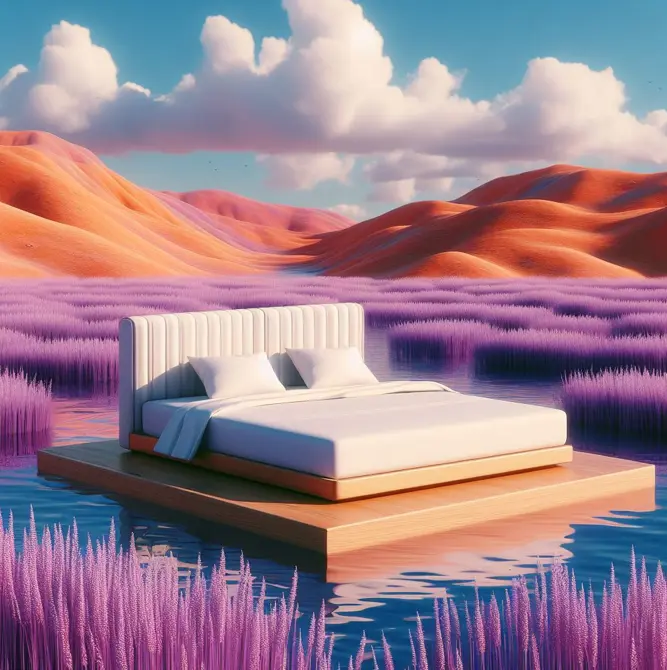
Floating objects: Objects that float freely in the air without apparent gravity are reliable ways to create a surreal look. Consider books suspended in the void, luminous floating spheres, or everyday objects like furniture.
4. Refine and edit your prompts
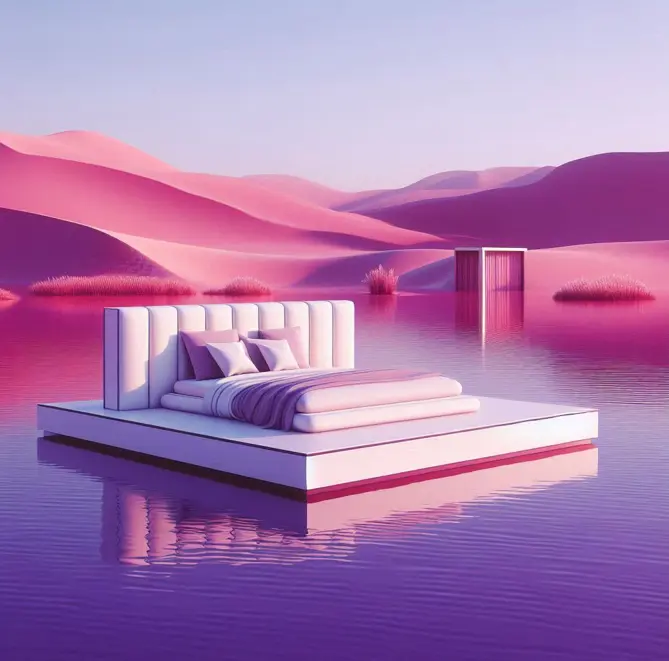
Once you generate a dreamscape, identify its strengths and weaknesses so you can refine your prompt. Remove words that don't seem essential or add elements if you're aiming for a certain atmosphere.
Even replacing your existing language with synonyms or substitutions can change the results!
- Instead of lake, try using body of water.
- Instead of colorful vegetation, try using surreal flowers in pastel colors.
- Instead of villa with arches, try using brutalist-style architecture.
Don't be discouraged if you don't achieve the result you had in mind at first. By refining your prompts and observing the results, you can get a sense of what works and start moving your generated images ever closer to the vision in your head.
5. Keep exploring!

Using prompts in Image Creator is a dynamic journey that requires constant learning. Explore all its nuances and test different prompt combinations to achieve unique results.
Never stop exploring and learning, because it's from this process of discovery that the most extraordinary works of art are born. Make the most of every resource, explore new horizons, and stay open to new possibilities to create unprecedented dreamscapes that bring your dreams to life!


